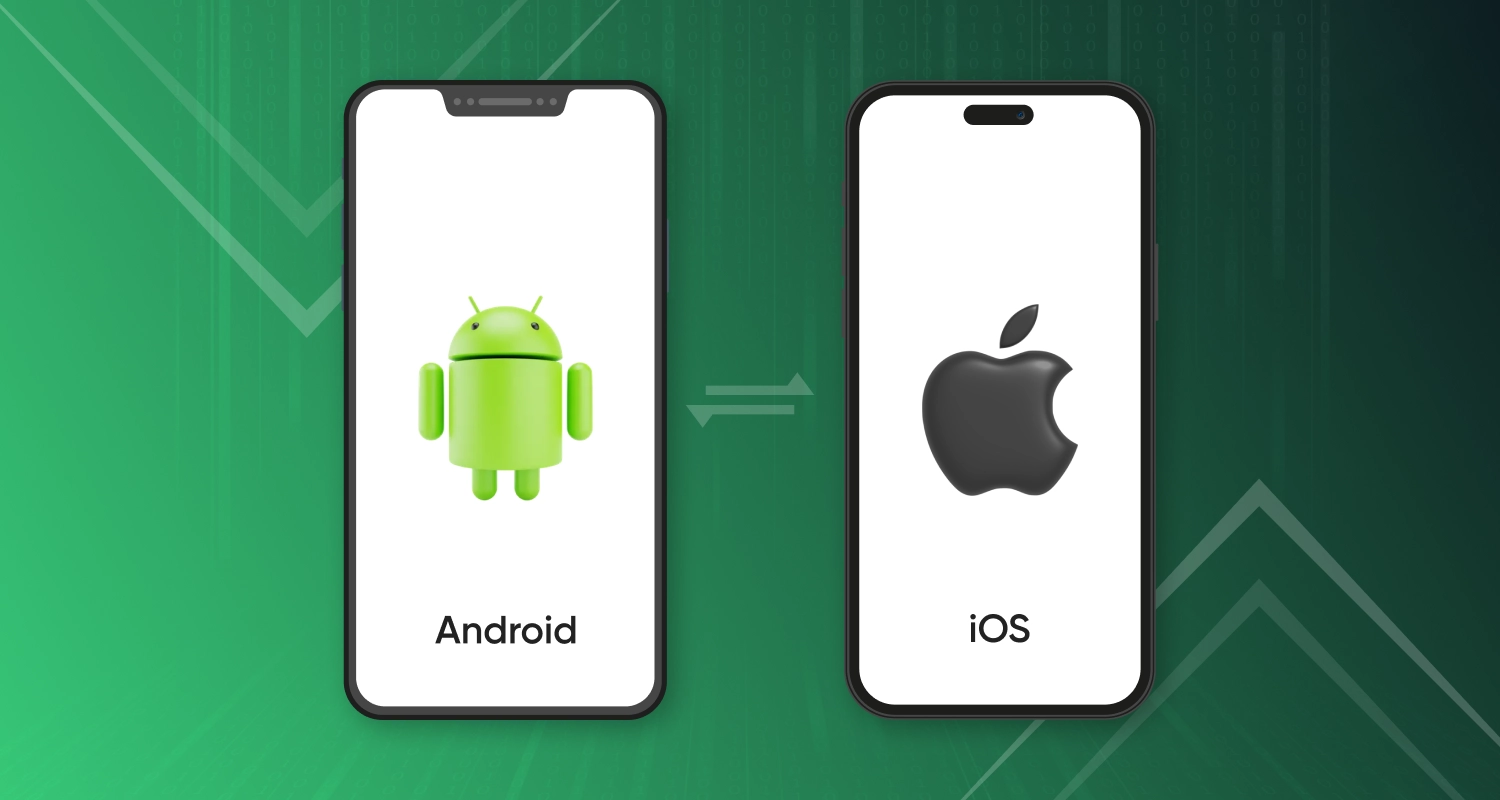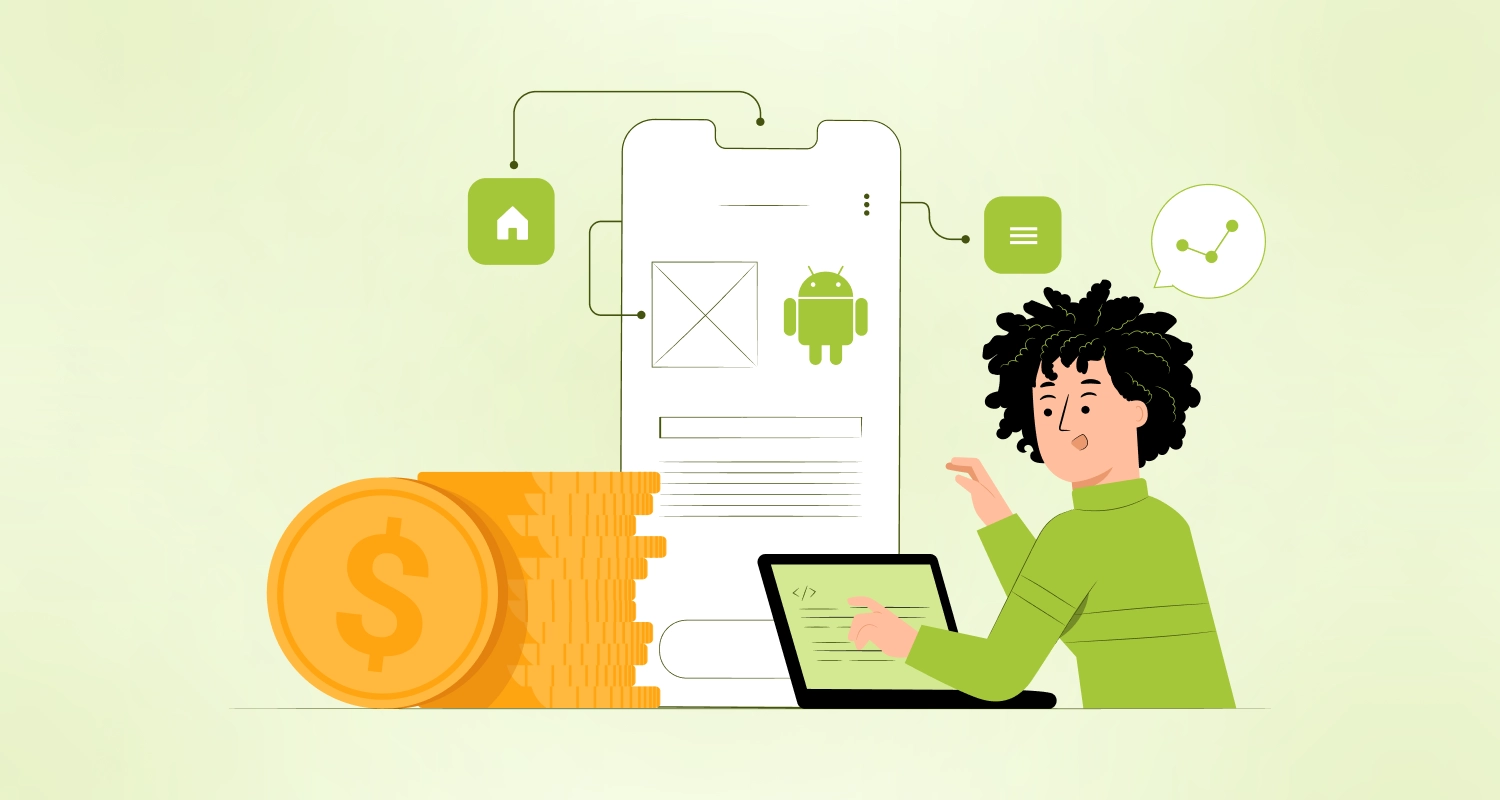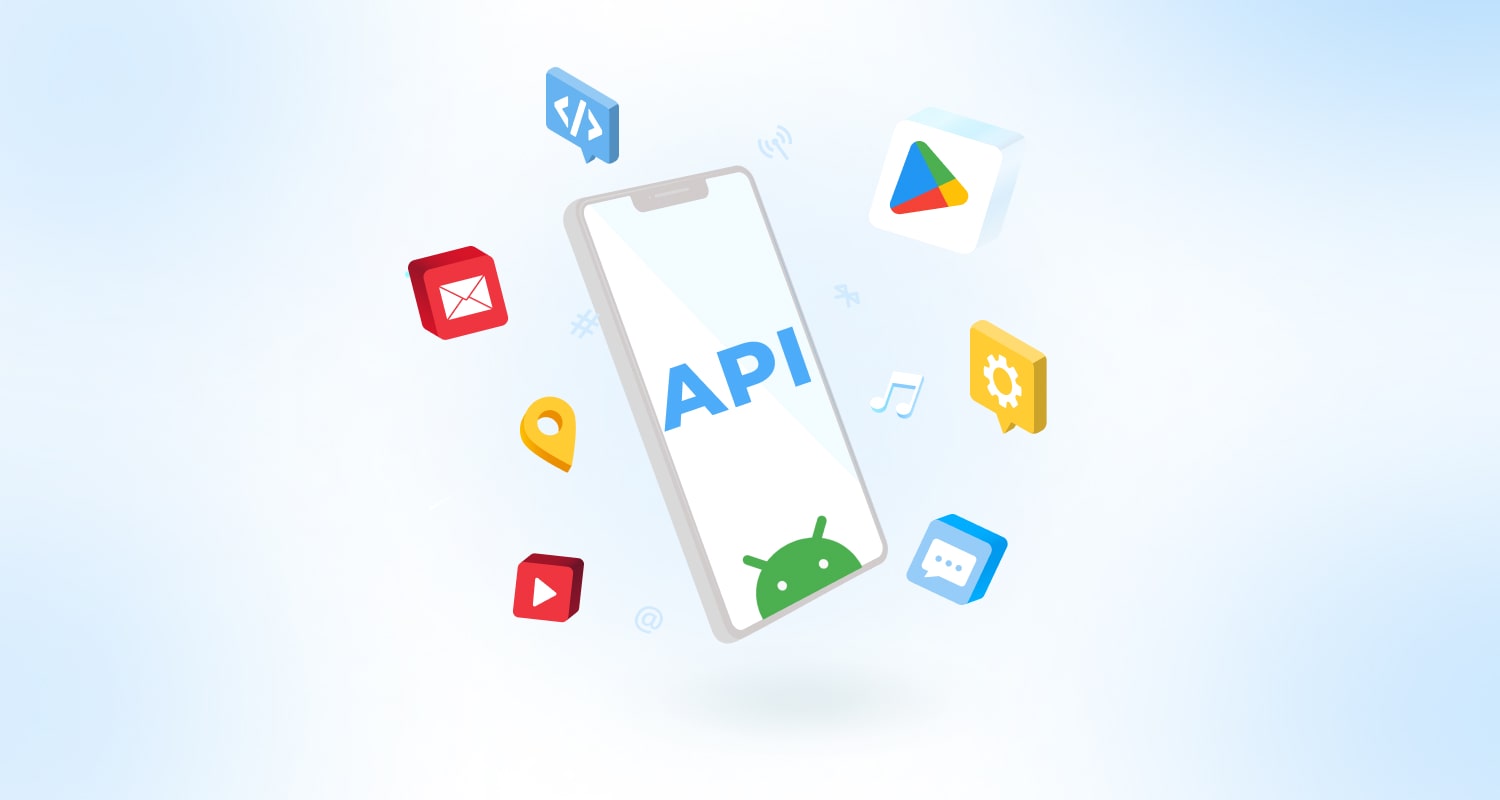Finally, you have built an Android app and you are ready to hit the Play Store with your app. But are you really ready? Instead of releasing your android apps in a haste, you should rather focus on a perfect release that can instantly gain traction and do not end up showing up too many performance issues or a complete marketing failure. Yes, for publishing your app on the Google Play Store, you need to be precise on various grounds including performance, pre-launch marketing campaign, application store optimization, integration of most relevant APK bundle, etc.
Many of the best Android apps credit the meticulous process checking and testing an app before you launch for their success in the long run. After all, there is nothing like securing a success for the app early on and following a checklist is always helpful in this regard.
Understanding the Google Play Store Developer Program Policies
The Developer Program Policies are rolled out by Google to ensure that the Play Store as the leading marketplace for Android apps always remains as most trusted and resourceful for the vast majority of Android users. You need to read these policies and have a clear idea of how they control application quality across categories. Remember any violation of these policies can lead to the suspension of the respective app and scrapping of your Android developer account. So, before you launch the app, a thorough understanding of the developer policies is something you cannot dispense with.
Make A Meticulous Release Plan
You have put months of efforts behind an app with so much hope to make a mark of success in the Play Store. Can you afford to give your app a bad start just by releasing the app in a jiffy? No sensible person or any Android App Development Company USA will do that and so you need to follow a meticulous release plan with detailed stages.
It is always advisable to avoid releasing your app immediately. Instead, release a smaller alpha version of the app for showcasing the same to a few of the offline friends. Allow both tech-savvy and non-tech-savvy users to have a look and express their opinion about the app. Following these alpha releases and driving perfection for various elements, go for a Beta release. With Beta release, you still leave avenues open for perfecting your app further. Through these multiple and stages releases, you will also get chances of perfecting your app continuously by fixing bugs and crashes.
As for gaining marketing advantages, consider releasing the app across several platforms and devices to promote your app. But releasing the app on multiple platforms also involves bigger challenges corresponding to the rewards.
Plan Well For Localization
After all, you want your app to get published across geographic zones and among various linguistic people. So, planning to release your app with meticulous localization attributes is a must. It is always recommended to follow a localization checklist. Here are the key attributes of localization checklist that you need to focus upon.
- Localize the images, strings and all other resources of the app
- Localize the listing detail of the App Store on Google Play
- Localize all visual and graphic elements of your store listing including the images, screenshots, and videos.
- Engage your developers to get the important strings of code for the purpose of translation.
- It is also important to localize images, icons and other branding elements linguistically or by other means.
- Instead of taking help of auto-transaction feature of Google, always take help from an expert translator for more authentic output.
- Creating a localized version of your promotional video of the app always boosts chances of higher user acquisition and engagement.
- After localizing all the resources including the translated ones, move them into the app resource and subject them to testing to ensure expected output.
Testing The App Against The Quality Guidelines
The app store Android apps are subjected to is named Play Store by Google because of the focus to keep users addicted or engaged with the gamut of apps across niches. Naturally, the qualitative focus is one of the key aspects of most Android apps in general. The quality guidelines released by Google for all apps come with specific criteria corresponding to different attributes like basic UI design, features, functions, etc.
After putting months of regular efforts behind an app, you cannot expect the app to give a sloppy performance. To ensure that the app meets quality standards, you need to put the app under rigorous testing. Make sure each and every serious operation including the file, database and network to stay close to the main thread. To detect issues and to address them subsequently, you need a detailed app audit.
Build The Android App Bundle
Just when you have made up your mind to release the app and make it available for the users at large whether as a product for testing or as the final product, don’t forget to build the Android App Bundle in Android Studio. Google Play comes with the Dynamic Delivery feature which can be availed to generate the app bundle and thereafter sign the APKs optimized for different devices of the users. This will help the user with a smaller size of the app for downloading purpose.
After you become quite satisfied with the app UI and other qualitative attributes, you can create the app version ready for release. This will be the APK ready for uploading to the Developer Console that you can further distribute to the intended Android users. This process of building the APK ready for a formal release is similar for all apps irrespective of niches, categories and the way they are distributed.
Have The Tool For Crash Reporting Ready In Hand
One of the most important requirements for ensuring performance is steady crash reporting function. This requires integrating a crash reporting tool within the app. Obviously, you want to keep a close watch of what’s happening with your app and this needs the active help of a crash reporting tool. There are many Android security apps that deserve a special attention when it is about preventing crashes.
There are many such tools available in the market and we will recommend the Crashlytics or Instabug as the most trustworthy tools that helped innumerable developers fixing the bugs and issues leading to crashes. Some crashes occur in some specific devices and you have to deal with them separately by testing them on those devices repeatedly.
Test The App Across Multiple Android Devices
After testing the app in few Android devices and addressing the bugs and crashes, you probably felt relieved of the concerns. But wait, this may be just the tip of an iceberg of issues ready to make the users of too many devices suffer while using your app. Remember, Android offers an expansive ecosystem of devices with varying configurations and functionalities. Naturally, until you test your new Android app across multiple devices, you just cannot be assured of the performance and output.
To begin with, always start by testing the app in major devices from leading manufacturers like Samsung, Sony, HTC, LG, Motorola, etc. If your app passes the acid test of performance across all advanced and popular devices belonging to these brands run on latest Android OS versions, your app has almost passed the test. There is nothing like testing the app across devices and multiple Android versions.
Have A Well-Said Workout Plan For ASO
When your app is ready and is all set for a footfall on the Play Store, it is time to put things in an order corresponding to App Store Optimisation (ASO). Just as the SEO works to evaluate websites for featuring them on the search ranks against search terms, ASO is all about evaluating the apps for search ranks in the respective application marketplace of mobile platforms. To promote your app and boost new user acquisition you need to have a clear ASO strategy in place.
Some of the tried and tested practices corresponding to ASO include the following.
- Target the most popular keywords and search terms in your app niche.
- Provide a meta description of the app in clearly objective terms explaining the user benefits in clear terms. Use the most popular search terms in the meta description.
- Use an attractive and short title of the app, preferably with anyone jedy search term or search word.
- Provide some high definition screenshots of your app that describe your app best.
- Provide a short video describing your app with key features explained.
Go For a Pre-Launch Campaign
Finally, when your app is ready for release, you cannot just launch it without prior marketing preparation. As soon as the app is launched, it should get an applaud from the users. This is only possible with a great pre-launch marketing.
For a successful pre-launch campaign you need to decide about a few things. First of all, you need to decide about the monetization model and how your app is going to generate revenue. Secondly, you need to decide the particular Android versions and specific devices you are targeting for. Thirdly, you need to decide in which countries you are going to launch your app first.
Some of the effective ways to make your pre-launch campaign successful include the following.
- As soon as the app idea is finalized and it is undergoing development, announce the upcoming news to your existing customers and try to create a buzz.
- Make a social media page for the app and engage all your existing customers and prospects with it.
- Fix the launch date of the app and delegate all your marketing efforts to create buzz around the time of the launch.
- Promote the app across multiple social channels and websites just before the formal launch of the app.
- Inform industry stalwarts and social influencers of your niche about the app and offer them a free version of your app.
- Get feedback from your existing customers and influencers and have an action plan to address these recommendations and required changes with subsequent updates.
- Launch the app with a great event and create buzz with the target audience of your niche.
Conclusion
To conclude, we must say that launching an app is just the beginning of a long drawn journey involving too many challenges and roadblocks through the journey ahead. After launching, you need to constantly follow-up with efforts to fix issues and fine-tune the app user experience.
Are you planning for your next big Android app release? Are concerned about Play Store approval or about creating a milestone of success from the very beginning? You have just come to the right place. As the leading Mobile App Development Company India we can help you in this regard. Just drop us a message and let us get back to you at the earliest.







